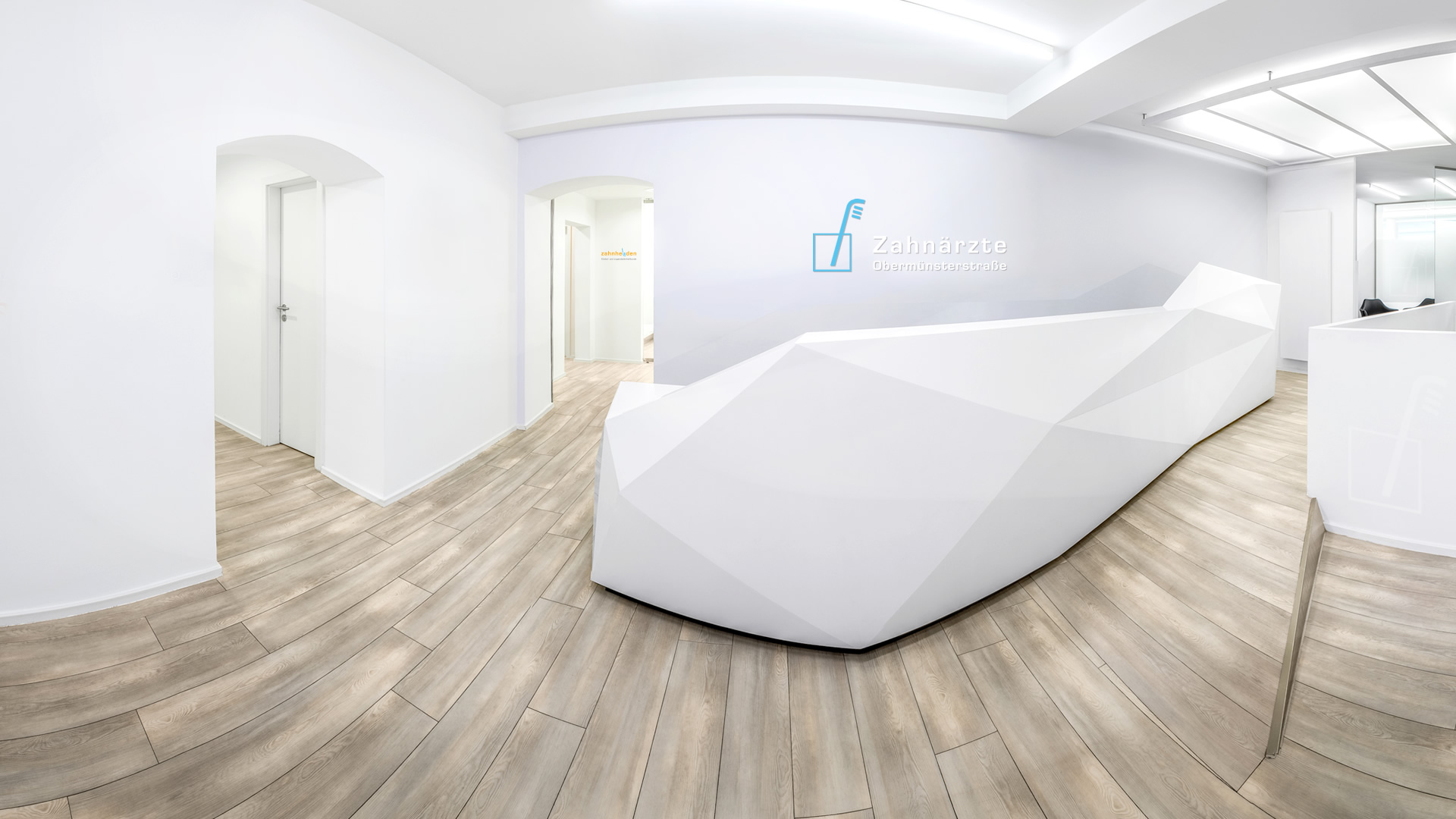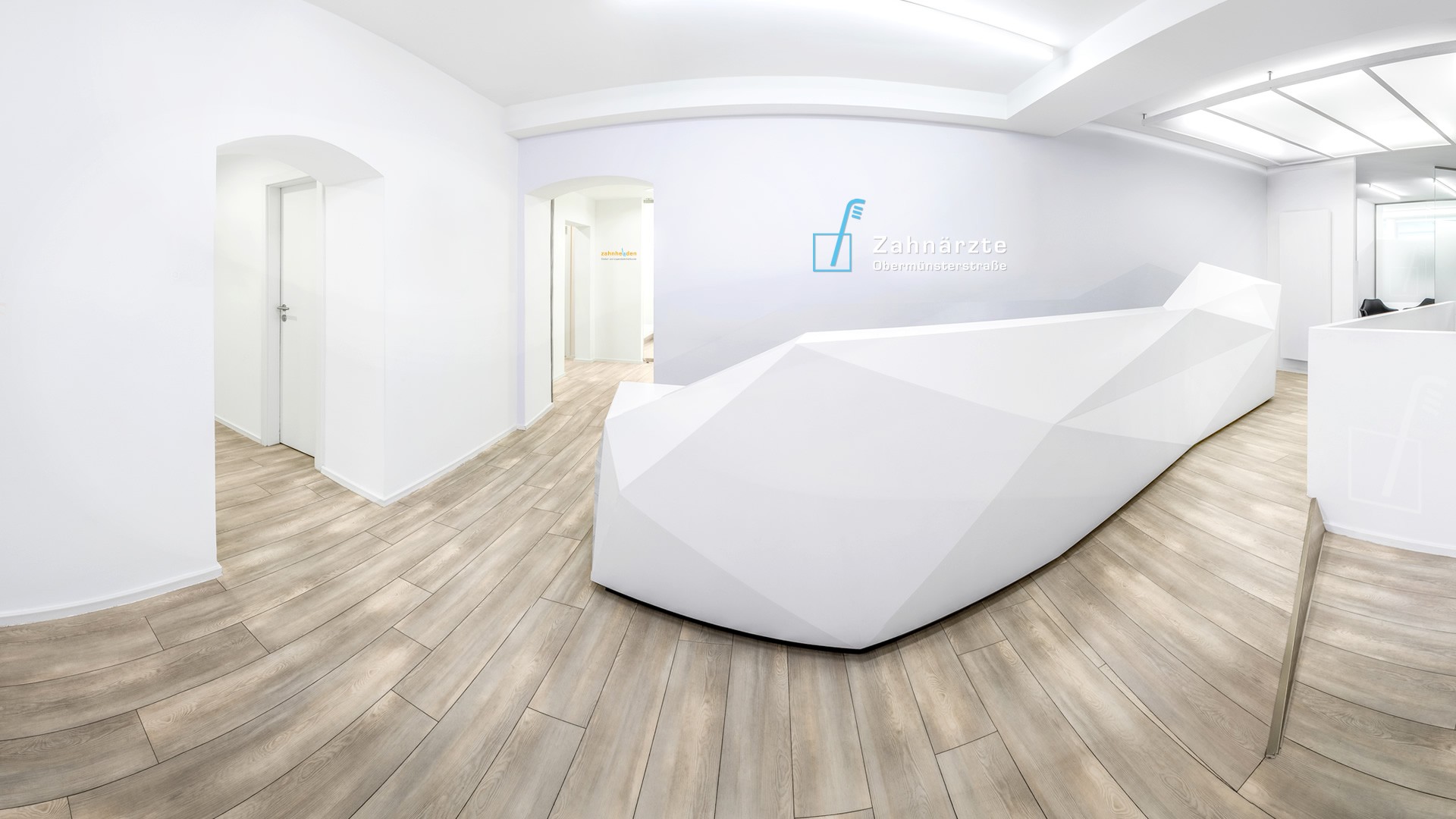Interesting Facts about Children's Teeth
The deciduous dentition consists of 20 teeth. Each jaw has 4 deciduous molars, 2 deciduous canines, and 4 deciduous incisors. Both deciduous and permanent teeth are already formed in the jaw before birth. On average, the first deciduous tooth erupts at around six months, and the last erupts at about 30 months. However, there is a considerable range in this timing.Deciduous teeth are more susceptible to tooth decay. The transition from deciduous dentition to permanent dentition occurs around the age of six. By about eleven years old, the child has lost all deciduous teeth. Deciduous teeth are structured differently from permanent teeth. They have a much thinner enamel, which makes them more susceptible to tooth decay. Further differences compared to permanent teeth arise in treatment.
It is important to preserve deciduous teeth until they are replaced by physiological teeth, as they perform many essential functions. They serve for biting and chewing solid food, ensuring clear pronunciation and age-appropriate swallowing, are crucial for proper jaw development, and act as space holders for permanent teeth.
Early loss of deciduous teeth can lead to problems. If deciduous teeth are lost prematurely, it can cause delayed eruption and displacement, resulting in misalignment of teeth and jaws. Premature loss of front teeth is not only an aesthetic problem; it can also lead to an unphysiological swallowing pattern and hinder speech development. Jaw misalignments can also be inherited or congenital or arise from thumb sucking or pacifier use. Such habits should be addressed during the primary teeth period to ensure proper development in the early stages.






